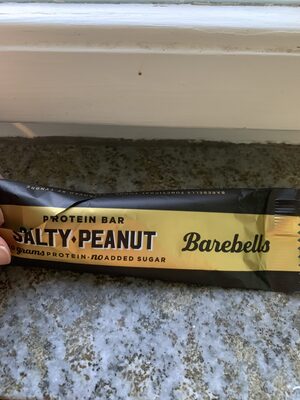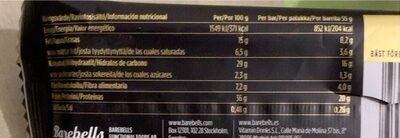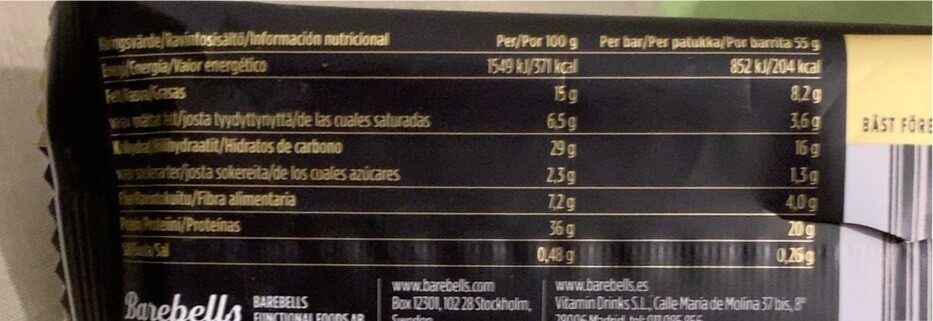Salty peanut protein bar - Barebells - 1 bar
This product page is not complete. You can help to complete it by editing it and adding more data from the photos we have, or by taking more photos using the app for Android or iPhone/iPad. Thank you!
×
Streckkod: 7340001800715 (EAN / EAN-13)
Kvantitet: 1 bar
Varumärken: Barebells
Kategorier: Snacks, Söta snacks, en:Bars, Kosttillskott, en:Bodybuilding supplements, en:Protein bars
Etiketter, certifieringar, utmärkelser:
en:Green Dot, Inget tillsat socker
Matching with your preferences
Miljö
Förpackning
Transportation
Hotade arter
Report a problem
Datakällor
Produkt tillagd den av waistline-app
Senast ändrad produktsida på av queuinghistories.
Produktsida också redigerad av annaholly, ecoscore-impact-estimator, jumati, kiliweb, mvainola, openfoodfacts-contributors, ph777, roboto-app, spotter, thaialagata, waistline.3631a7c1-be0e-4abf-ad42-96aeacef1e59, yuka.YVk0bVNKcGZqL2dVcTlnTzBqZjc1dUpJbkxLeEJIaTVPY3cxSVE9PQ, yuka.sY2b0xO6T85zoF3NwEKvlhFBSNeBpAnLNRr4wUKzl8a1I6LxeY9R8pjBNKs, yuka.sY2b0xO6T85zoF3NwEKvlhwbWfjymGzUEALQkk-54cW1F7vLQd1I6NT4Fas, yuka.sY2b0xO6T85zoF3NwEKvllNCWcuPvhiUPC7hhWOO9NaCDb3TZYBvwo_zOKs, yuka.sY2b0xO6T85zoF3NwEKvlmF1WuXluT7AJSfgnEqU5_2uMJvSTO93-avnK6g, yuka.sY2b0xO6T85zoF3NwEKvln53SP_yqSL1FDPgiUe13-2nLbazP4lbx4vILas.









